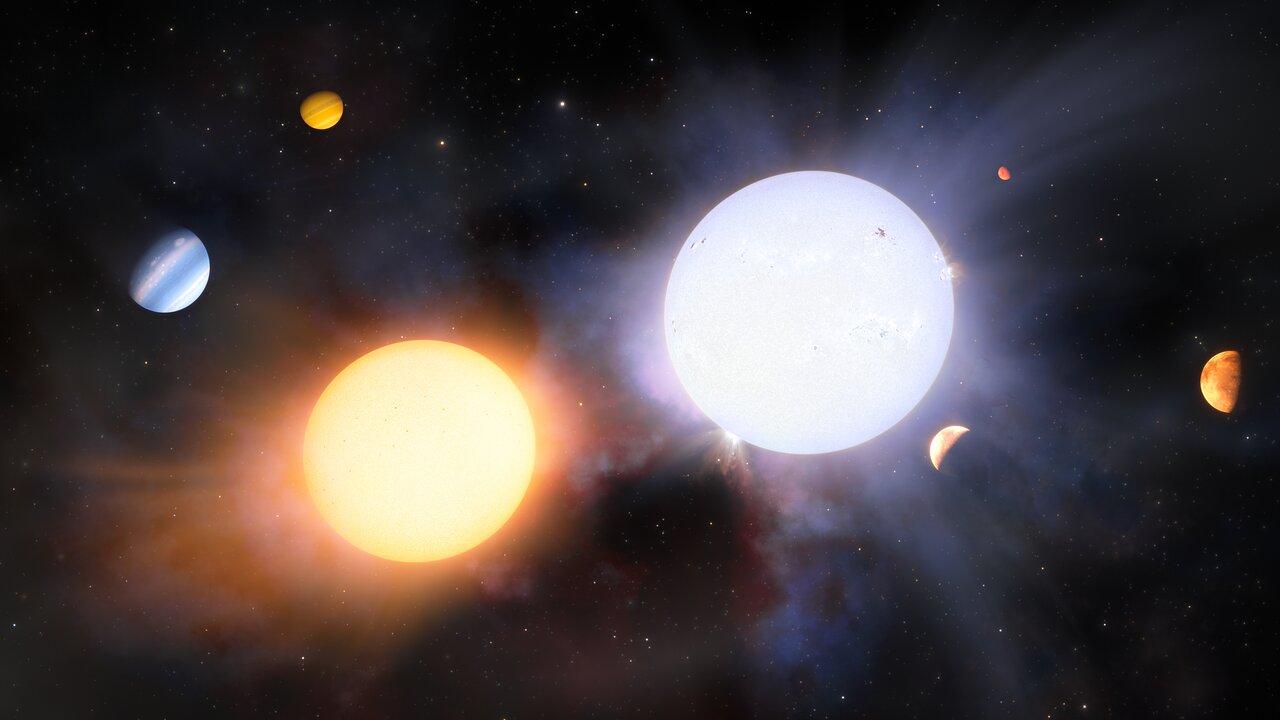When a massive star dies in a supernova explosion, it’s not great news for any planets or stars that happen to be nearby. Generally, the catastrophic event crisps nearby worlds and sends companion stars careening through space. So, astronomers were pretty surprised to find 21 neutron stars—the crushed stellar cores left over after supernova explosions—orbiting in binary systems with Sun-like stars.
Continue reading “Stars Can Survive Their Partner Detonating as a Supernova”Stars Can Survive Their Partner Detonating as a Supernova







![Artist’s impression of one of the two stars in the FU Orionis binary system, surrounded by an accreting disk of material. What has caused this star — and others like it — to dramatically brighten? [NASA/JPL-Caltech]](https://www.universetoday.com/wp-content/uploads/2020/02/PIA20689_fig1.jpg)


